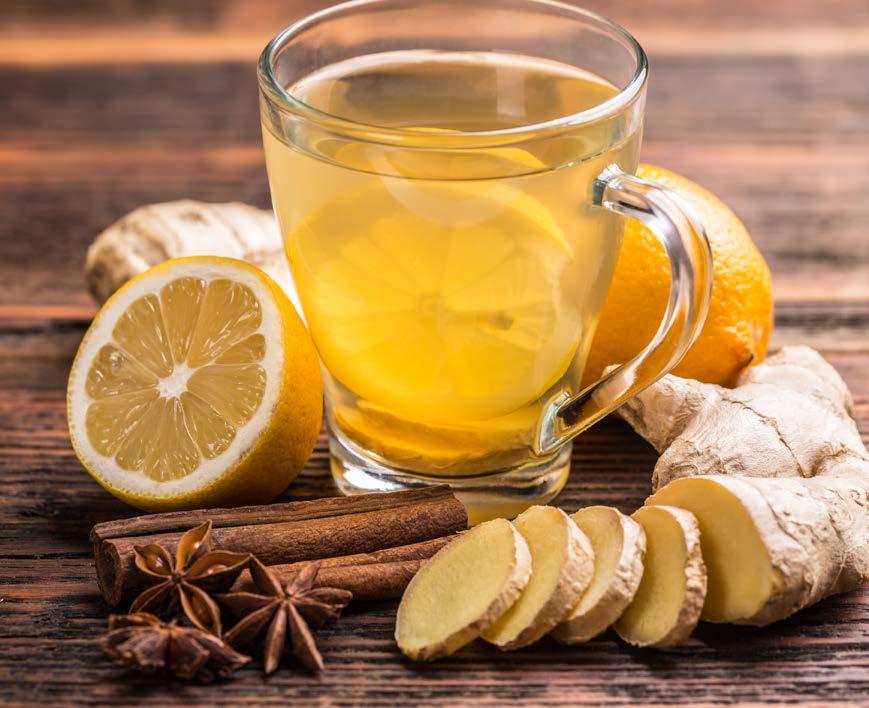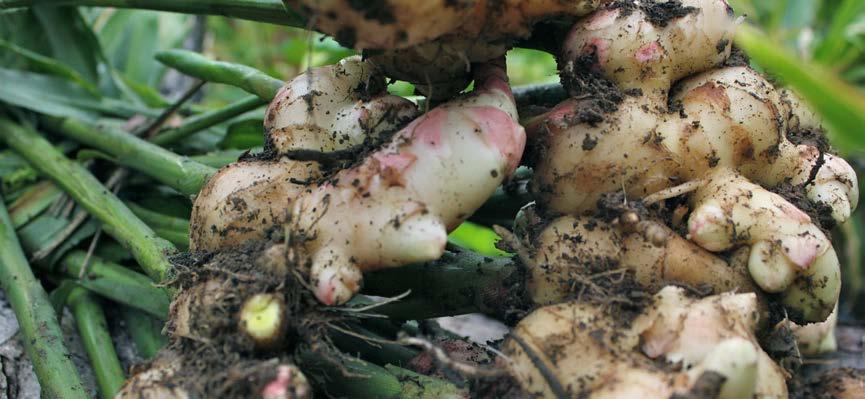
2 minute read
Acknowledgements
The Ministry wishes to thank all the persons and institutions that contributed in the many ways to the preparation of this manual. The shared technical knowledge, experiences, and perspectives have produced a tool that will have a significant positive impact on the production of Ginger.
Special thanks are extended to the persons from the Ministry and its affiliated agencies who collaborated in the preparation of the different modules: Dr. Lisa Myers Morgan, Mrs. Marina Young, Mr. Byron Henry, Mr. Sylburn Thomas, Mrs. Michelle Sherwood, Ms. Francine Webb and Mr. Xavier Gray.
Advertisement
Sincere appreciation is also extended to Mrs. Carla Douglas, Mrs. Michelle Sherwood, and Dr. Lisa Myers Morgan, who conducted peer review of the manual. Special thanks to Ms. Na-Shima Davis who provided support for the overall coordination of this production manual.
Dermon Spence Chief Technical Director Ministry of Industry, Commerce, Agriculture and Fisheries
Introduction
Zingiber officinale Roscoe is a shade-tolerant, erect, herbaceous, rhizomatus, perennial plant, native to Asia. Ginger is widely grown in Jamaica, and recognized not only as a staple spice in Jamaican cuisine, but with an increasing reputation as a medicinal plant. Its fleshy, finger-like rhizomes (underground stems) are the source of the spice called ginger. Worldwide, ginger is valued as a staple spice by the peoples of the world.
Ginger can be consumed fresh, dehydrated, powdered, or pickled. It is also used in the manufacture of ginger oil, ginger oleoresin or gingerin, and starch. Ginger powder is used in soft drinks, alcoholic beverages, ginger preserves, ginger candy, and ginger pickles. Traditional medicines also use ginger to treat varying symptoms such as nausea, headaches, indigestion, flatulence and colic. In Jamaica, the major ginger-growing areas are 450- 900 metres above sea level, in the hilly areas of the parishes of Manchester, Clarendon, St. Ann, St. James, Hanover, and Trelawny. While ginger grows well in many types of soils in Jamaica, the best results come from clay loams with a good supply of organic matter and proper drainage.
Ginger is thought to have been introduced to Jamaica around 1525. By 1547, the export of ginger has been reported to have amounted to over 1.2 million kg. Prior to 1740, ginger was associated with the Parish of St. Ann, where it had first been planted by the Spanish. Subsequently, the Christiana region in Manchester became well known for its ginger production, when it was recognized that the soil and climatic conditions were especially suitable for the growing of ginger. To date, a 16.1-km (10-mile) radius around Christiana has been identified as the region that grows the finest ginger in the world.
The quality of Jamaican peeled dried ginger has remained the best in the world, commanding the highest prices. Between the 1930s and 1960s, Jamaica was listed as one of the three largest producers of ginger in the world, along with India and Sierra Leone. Since then, ginger production and export have declined significantly due to various factors, including by the impact of the Ginger Rhizome Rot disease complex.






